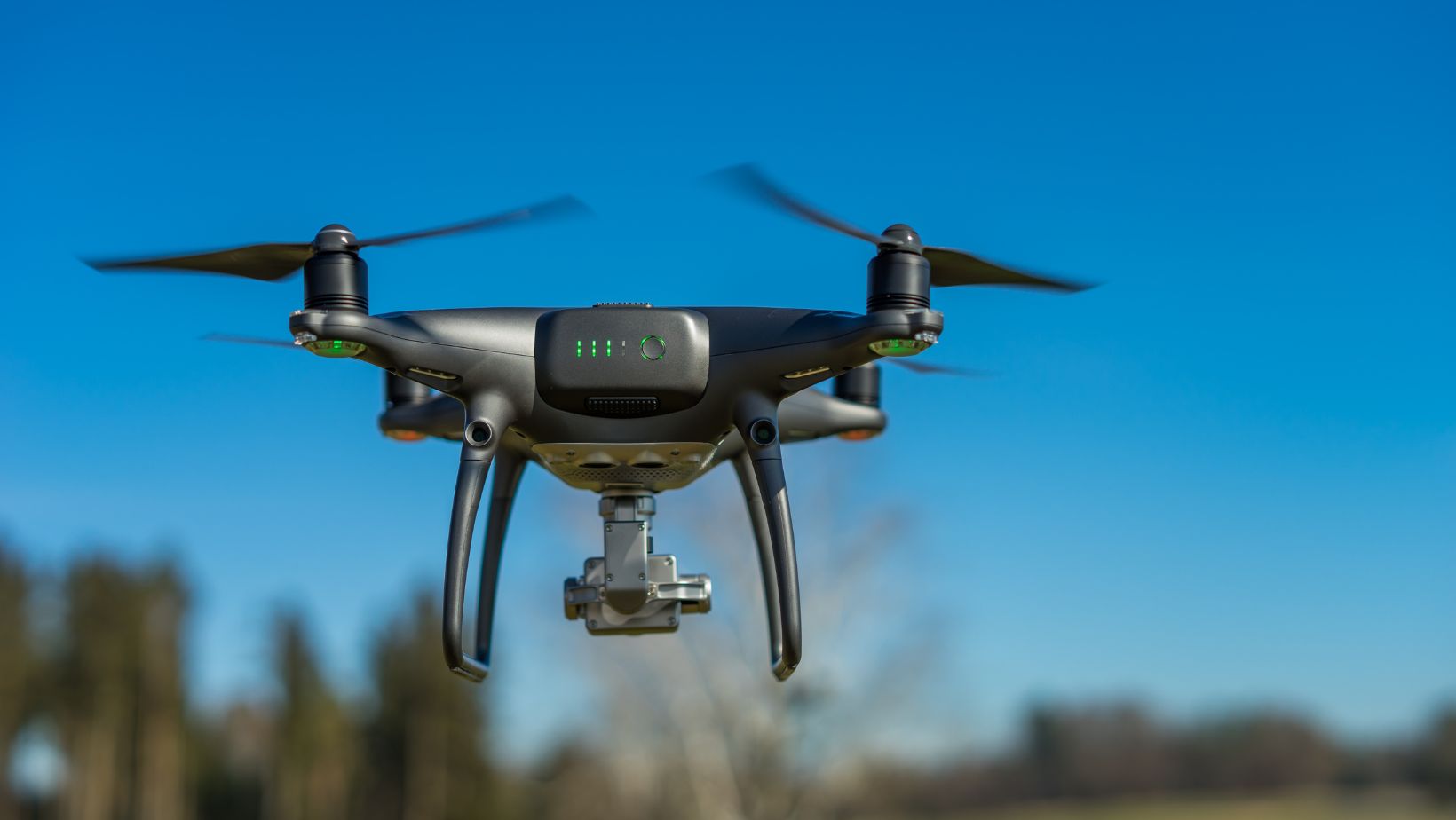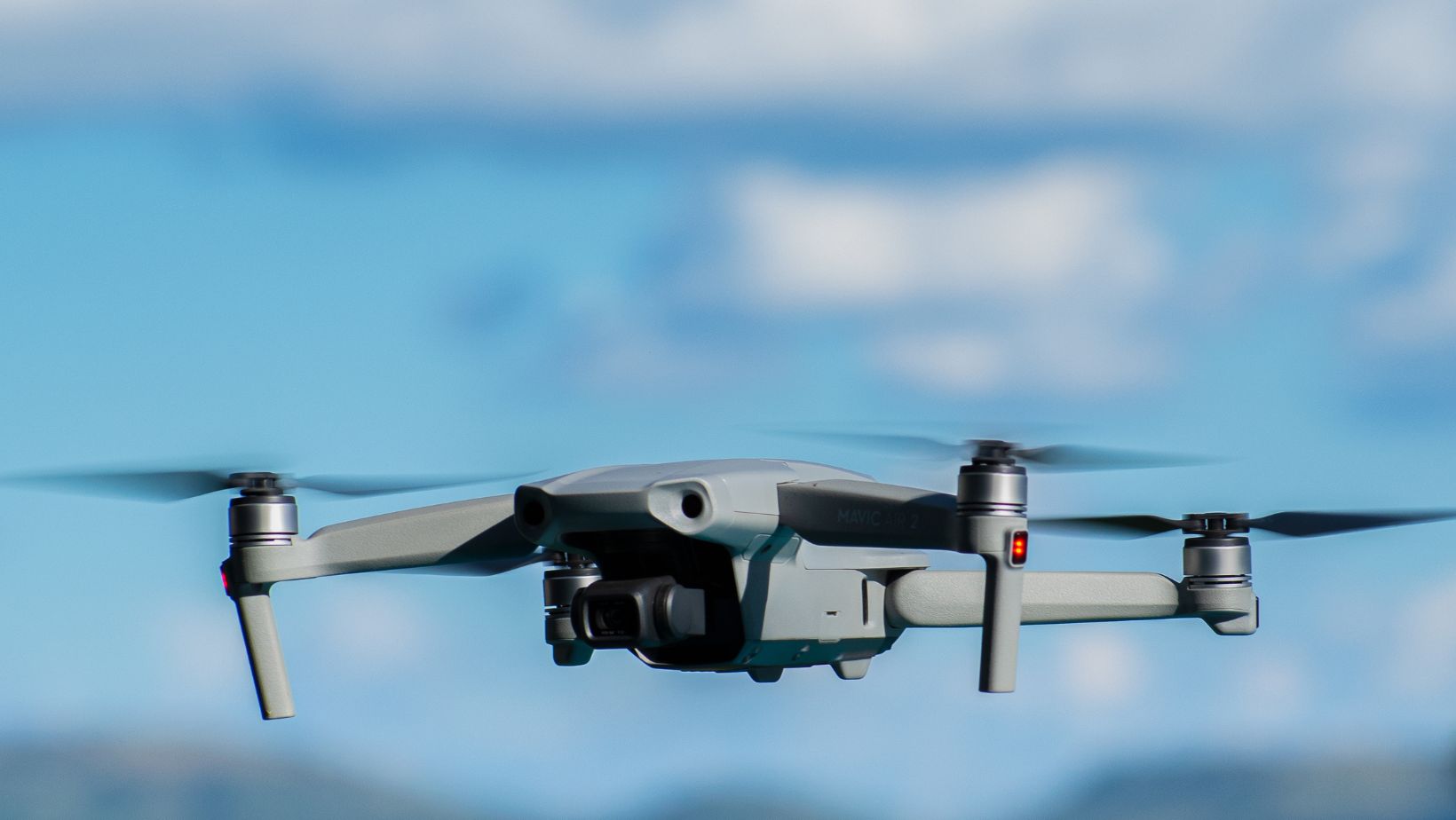
The integration of compact language models into drones and smart cameras represents a significant technological advancement that brings powerful AI capabilities directly to edge devices. However, this development introduces complex privacy implications that require careful consideration from manufacturers, regulators, and users alike. As these devices become increasingly sophisticated in their ability to process, interpret, and respond to visual and textual information in real-time, the potential for privacy violations grows exponentially.
Compact language models in aerial and surveillance devices fundamentally alter the privacy landscape by enabling local processing of sensitive information without requiring constant connectivity to cloud services. While this edge computing approach can enhance privacy by keeping data processing local, it simultaneously creates new vulnerabilities and challenges. These models can analyze video streams, interpret conversations, read text from captured images, and even generate automated reports about observed activities, all while operating autonomously in public and private spaces.
The primary privacy concern stems from the enhanced analytical capabilities these models provide. Traditional cameras capture raw footage that requires human interpretation or basic algorithmic processing. However, when equipped with compact language models, these devices can understand context, identify individuals through behavioral patterns, interpret conversations, and extract meaningful information from visual scenes. A drone equipped with such technology could potentially monitor private conversations in backyards, analyze personal documents visible through windows, or track individual movement patterns across multiple locations.
Data collection and retention practices become particularly problematic when compact language models are involved. These models can process and synthesize information from multiple sources simultaneously, creating detailed profiles of individuals without their knowledge or consent. Unlike cloud-based systems where data processing is somewhat transparent through terms of service agreements, edge-deployed models operate with less visibility into their decision-making processes. Users often remain unaware of what information is being extracted, how it’s being interpreted, or what conclusions are being drawn about their activities.
The persistent monitoring capability of drones and smart cameras equipped with compact language models raises significant concerns about continuous surveillance. These devices can operate for extended periods, building comprehensive behavioral profiles of individuals within their operational range. The models can identify patterns in daily routines, recognize frequent visitors, and even infer personal relationships or activities based on observed interactions. This level of persistent monitoring creates a chilling effect on privacy, where individuals may alter their behavior simply due to the awareness of potential observation.
Consent mechanisms become particularly challenging in scenarios involving mobile devices like drones. While fixed smart cameras can theoretically provide notice through signage or other means, drones can move freely through public and private spaces, making it nearly impossible to obtain meaningful consent from all individuals who might be observed. The compact language models enable these devices to extract significant personal information from brief encounters, creating privacy violations even in seemingly innocuous situations.
Data security represents another critical privacy implication. Compact language models often require regular updates and may store processed information locally for optimization purposes. These stored insights could contain highly sensitive personal information derived from ongoing observations. If devices are compromised, stolen, or improperly disposed of, the accumulated data could expose detailed personal information about numerous individuals. The distributed nature of these devices makes implementing consistent security measures challenging.
Cross-device data correlation presents an emerging privacy threat as compact language models become more prevalent. Multiple devices operated by the same entity or coordinating through shared networks could combine their observations to create comprehensive surveillance networks. These models can identify the same individuals across different locations and times, building detailed movement patterns and behavioral profiles that would be impossible with traditional surveillance methods. Arcee AI and other similar companies developing compact model technologies must consider how their solutions might be integrated into such systems and implement appropriate safeguards.
Legal and regulatory frameworks struggle to keep pace with these technological developments. Existing privacy laws often focus on traditional data collection methods and may not adequately address the unique challenges posed by compact language models in mobile surveillance devices. The real-time processing capabilities mean that privacy violations can occur instantly, making traditional remedies like data deletion requests less effective. Regulatory bodies need to develop new frameworks that account for the sophisticated analytical capabilities these devices possess.
The implications extend beyond individual privacy to broader societal concerns. Widespread deployment of drones and smart cameras with compact language models could create a surveillance infrastructure that fundamentally alters social dynamics. Public spaces might become subject to constant analysis and interpretation, affecting freedom of expression, assembly, and association. The psychological impact of knowing that AI systems are continuously observing and analyzing behavior could lead to self-censorship and reduced social interaction.
Mitigation strategies must address both technical and policy dimensions. Privacy-preserving techniques such as differential privacy, federated learning, and on-device anonymization can help reduce privacy risks while maintaining functionality. Clear consent mechanisms, data minimization practices, and transparent algorithmic decision-making processes are essential. Additionally, robust oversight frameworks, including audit requirements and accountability mechanisms, must be established to ensure responsible deployment of these technologies.
Moving forward, stakeholders must collaborate to develop comprehensive privacy protection frameworks that balance the benefits of compact language models in edge devices with fundamental privacy rights. This includes establishing clear guidelines for data collection, processing, and retention, implementing technical safeguards against misuse, and creating effective remedies for privacy violations. The future of privacy in an increasingly connected world depends on proactive measures taken today to address these emerging challenges.





